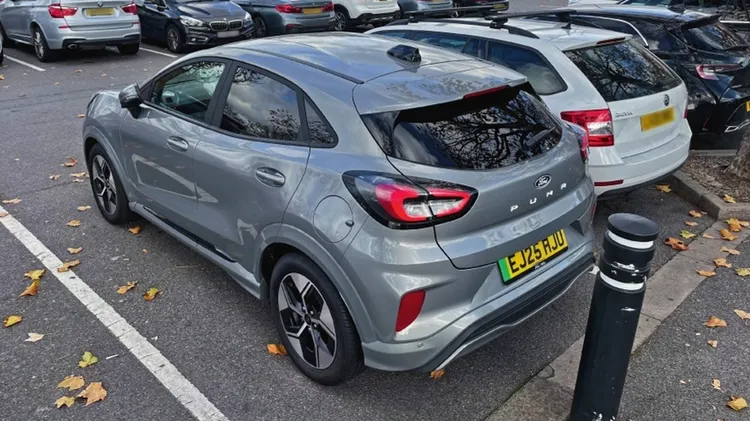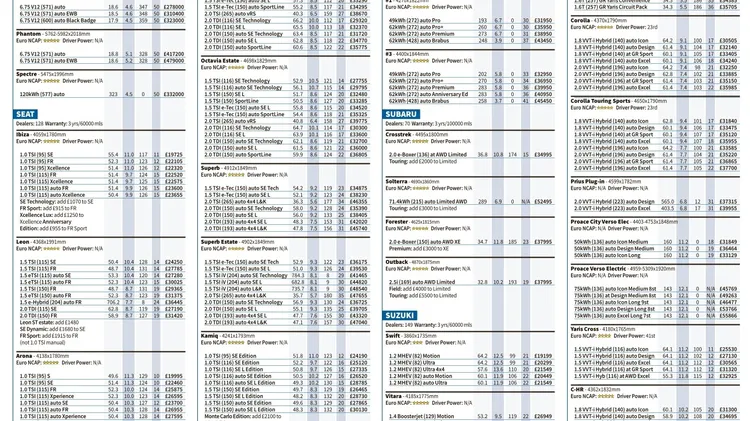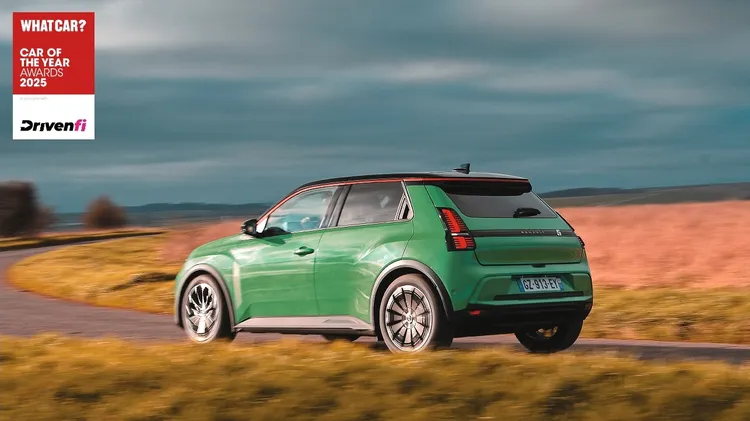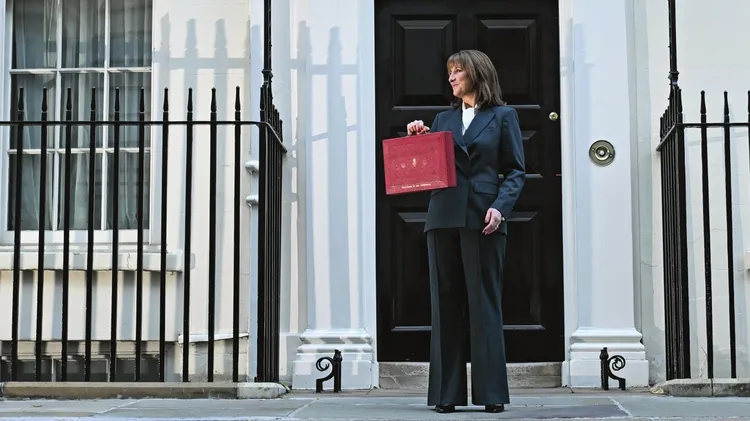In cold conditions, electric cars’ ranges are genera
How far can electric cars go in winter?
7 min read
This article is from...
Read this article and 8000+ more magazines and newspapers on Readly






